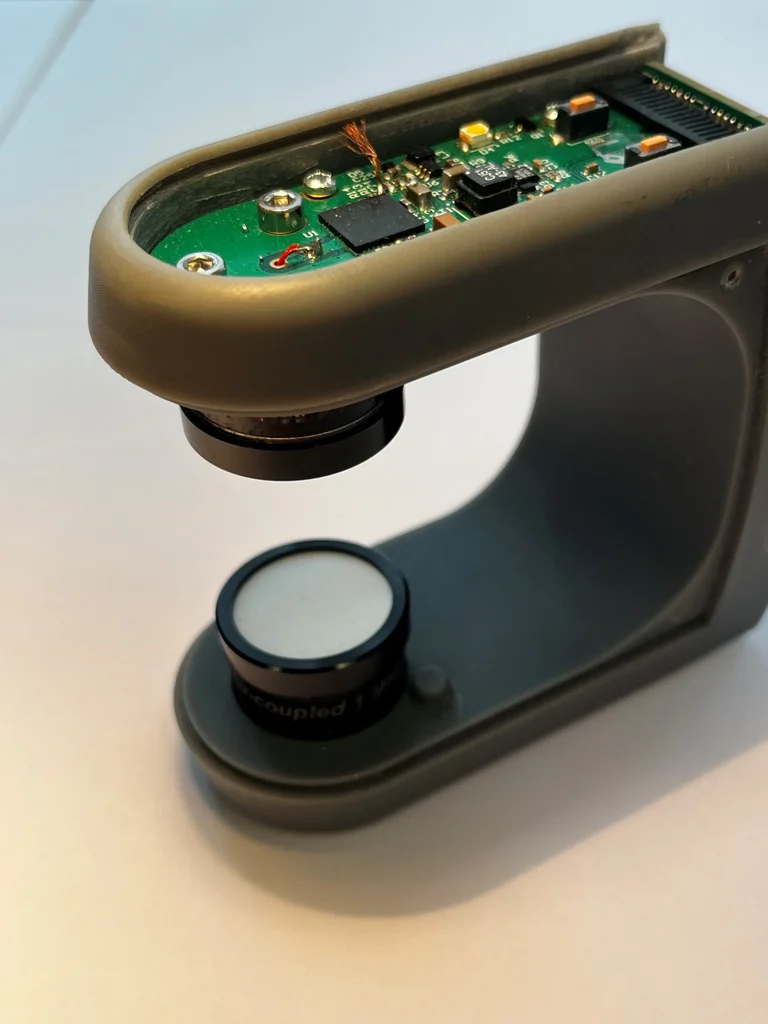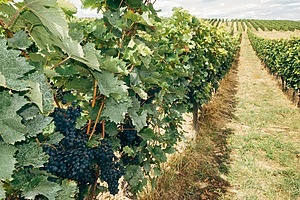The palm-sized electronic device generates ultrasound, receives signals, and transmits data to a smartphone. Geographic coordinates and photos are attached to the sensor data and sent to the cloud storage. Distribution maps and time graphs of plant traits are generated using cloud computing technologies.
The resonant frequency, thickness, density, and attenuation of the plant can be measured by ultrasound using the instrument. “Researchers from Spain have demonstrated that these measurements correlate with parameters that indicate the plant’s physiological state, namely water potential and relative water content, which are used to assess the drought stress,” adds the professor.
A non-invasive solution for plant analysis directly in the field
“A lot of work had to be done to implement such an idea and make field measurements possible,” says Svilainis.
He adds that although the device is unique, it is not the only one to measure similar plant characteristics. “The difference is that instead of, for example, threading a pressure sensor into a plant trunk, we use a non-invasive, non-contact technology. In addition, it is light, convenient, and results are obtained immediately. Using other devices, the leaves have to be cut and taken to the laboratory, which takes time, but here we can get the results right in the field,” says the KTU professor.
Svilainis is quick to remind that a plant is a living organism, so figuring out how to measure its characteristics in field conditions was not an easy process. The level of substances in it varies depending on air temperature, sunlight, and humidity. “For example, ignoring temperature changes can lead to measurement errors of up to 30 per cent,” explains the KTU professor.
Instead of using traditional thermometers, which are too slow to detect instant temperature changes, he says, the state of the air is measured by using the delay time of ultrasonic signals that travel between transducers. “This delay is used to estimate the speed of sound, which correlates with the air temperature and humidity, and this makes the measurements more accurate without the need for additional sensors,” concludes Svilainis.
The device is now complete, and the result has been presented at several conferences of biodiversity experts. The invention has been granted a Lithuanian patent and the application has been submitted to the European Patent Office, business interest is also expected.
The device is designed for large leaves (more than 3 cm in diameter), which are flat enough to completely cover the transducers, but in the future the invention can be developed further for other plants, disease control, or industrial materials, for example, films measurements.




